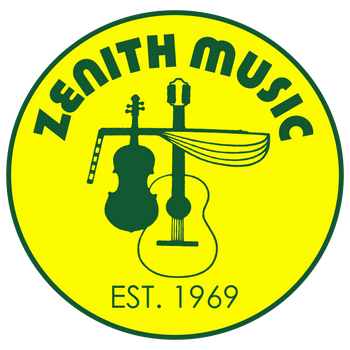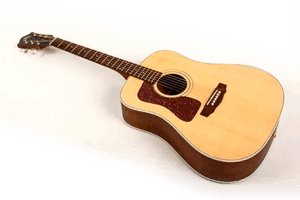Browse Brands
- ACME Whistles
- Altieri
- Armstrong
- Ashbury Guitars
- Audio-Technica
- Augustine
- Azumi
- B&S
- Bach
- Beaumont
- Besson
- Blueridge
- Bourgeois
- Bristol
- Buffet Crampon
- Casio
- Cervini
- Chedeville
- Cigano
- Clarke
- Cordoba
- Courtois
- Cremona
- D'Addario
- Deering
- Eastman
- Emerson
- Ernie Ball
- Esteve
- Fazioli
- Fender
- Gemeinhardt
- Generation Music
- Gibson
- Gitane
- Gold Tone
- Golden Gate
- Gretsch
- Guild
- Guitarras Romero
- Harpsicle Harps
- Henri Selmer Paris
- Hercules Stands
- Hidersine
- Hohner
- Höfner
- JodyJazz
- Juan Hernandez
- Jupiter
- Kamaka
- Kawai
- Keilwerth
- Kentucky
- Kiwaya
- Kun Shoulder Rests
- La Bella
- Lakewood
- Laney
- Larrivee
- Leathergraft
- LeBlanc
- Lee Oskar Harmonicas
- LoPrinzi
- Manhasset
- Martin
- Maton
- Moon Guitars
- Morgan Guitars
- Ovation Guitars
- Paesold
- Pepe Romero
- Pepe Romero Strings
- Pirastro
- Powell
- Pratley Guitars
- Regal
- Romero Creations
- Ronisch
- Rousseau
- Rover
- Schreiber
- Selmer
- Shigeru Kawai
- Shubb Capos
- Thomastik Infeld
- TJ Clarinets
- Trevor James Flutes
- Trevor James Saxophones
- Vandoren
- Vienna World
- Wittner Germany
- Yamaha
Armstrong
In 1931, William Teasdale Armstrong, a highly respected craftsman and a C.G. Conn shop foreman, founded a small flute repair shop in Elkhart, Indiana, USA. Word of his skill and uncompromising commitment to quality quickly spread, and it wasn’t long before he was asked to manufacture instruments for professional musicians.
The proud Armstrong heritage passed on to son Edward, who apprenticed under his father and shared his father’s concern for quality. Edward’s concern for quality went well beyond the crafting of professional-level instruments. He recognized a need to provide quality instruments to a rapidly growing number of students and community musicians.
In the 1970s, Armstrong developed a “new” flute scale in conjunction with Albert Cooper. Before this new scale, flute makers would correct the tuning of A=435 commonly found on flutes by cutting the end of the headjoint to bring the pitch up to A=440. While this served to correct the pitch in the centre registers, all other octaves did not play in tune. With the Armstrong and Albert Cooper changes, the headjoint tapers and tone hole locations and dimensions were all redesigned to dramatically improve the performance of the instrument.











